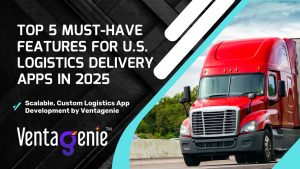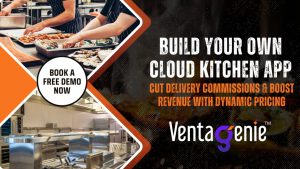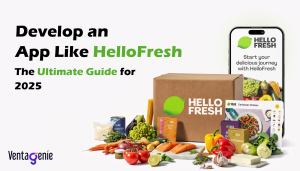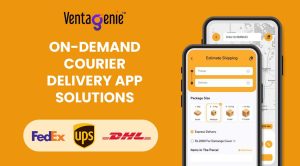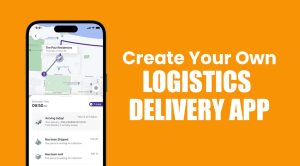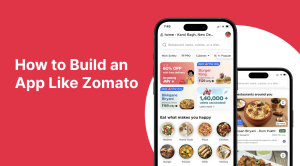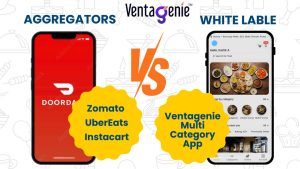Delivery Apps vs. Traditional Delivery Services: A Comparative Analysis
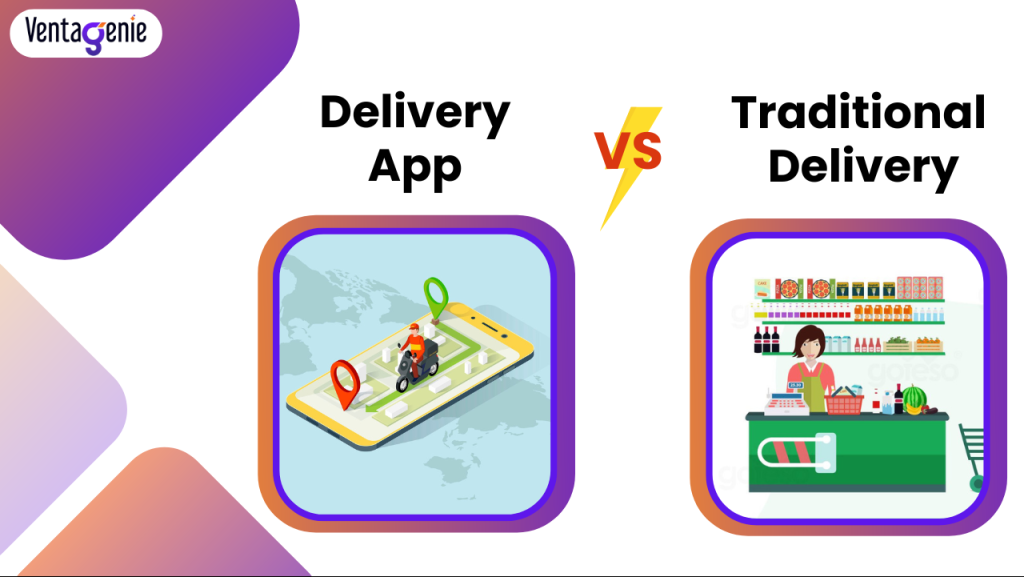
Customers have a wide range of alternatives when it comes to having goods and services delivered right to their door in the constantly changing delivery services market. The industry’s mainstay, traditional delivery services, are currently up against fierce competition from delivery apps, which use technology to provide quicker, more convenient, and more customized delivery experiences. We will examine the main distinctions between delivery apps and conventional delivery services in this thorough comparison study, taking into account a number of variables such as cost, speed, convenience, dependability, and customer experience.
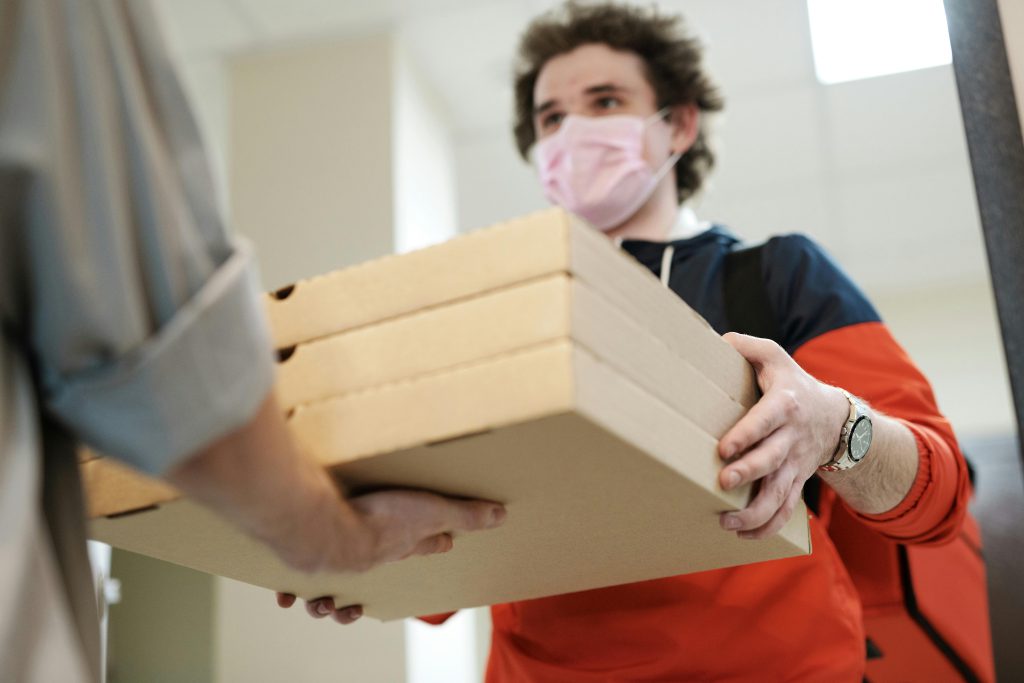
Cost
Delivery Apps:
The transparency and price flexibility of delivery apps are two of its main benefits. Even though delivery apps might charge a delivery or service fee for each order, these costs are frequently disclosed up front, giving customers the information they need to make wise purchases. In order to encourage recurring business and improve client retention, delivery apps may also provide discounts, promotions, and loyalty plans.
Traditional Delivery Services:
Delivery apps may have more flexible and transparent pricing structures than traditional delivery services, but traditional delivery services may still offer competitive pricing for specific delivery needs. It can be challenging for customers to estimate and control delivery expenses when using these services because they may have fixed rates or variable rates that vary depending on weight, distance, and delivery urgency.
Findings Analysis:
Depending on a number of variables, such as the quantity, urgency, and frequency of the delivery, the cost comparison between delivery apps and regular delivery services varies. Generally speaking, traditional delivery firms may offer more rates for specific delivery needs, while delivery apps may provide greater pricing flexibility and transparency.
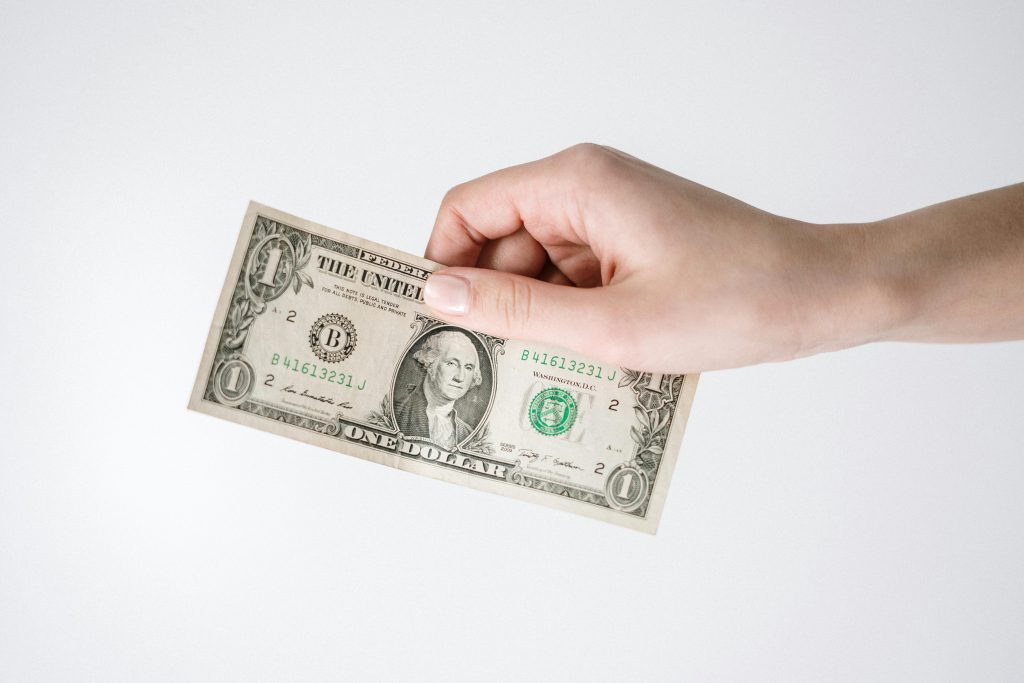
Speed
Delivery Apps:
With their unmatched speed and agility, delivery apps have completely transformed the delivery sector. Depending on how urgently they need their items delivered, customers can have them delivered in a matter of hours or even minutes by simply tapping a button. Delivery applications use a network of independent contractors, optimization algorithms, and real-time tracking to guarantee prompt and effective delivery of goods and services.
Traditional Delivery Services:
Conventional delivery services although dependable, delivery apps may provide a higher degree of speed and responsiveness than traditional delivery services. Particularly for urgent or on-demand deliveries, these services frequently follow set schedules and routes, which could lead to extended delivery times. While traditional delivery services might perform well in some scenarios, like bulk or next-day deliveries, they might not perform well in others.
Findings Analysis:
Delivery apps have a clear advantage in terms of speed, offering faster and more flexible delivery options compared to traditional delivery services.

Convenience
Delivery Apps:
With only a few smartphone taps, users of delivery apps can place orders from the comfort of their homes or while on the road. These apps are known for being incredibly convenient. With features like real-time tracking, customizable orders, and safe payment methods, these applications offer a smooth and easy-to-use ordering experience. Furthermore, delivery applications could provide a broad selection of goods and services, making it simple for customers to fulfill their various requirements and preferences.
Traditional Delivery Services:
Conventional Delivery Services Delivery applications may be more immediate and flexible than traditional delivery services, but they may still be more convenient in some situations, such as planned deliveries or large orders. Customers using these services may not always be able to accommodate these services’ rigid delivery timetables or requirement to submit purchases in advance. Furthermore, the convenience and options available to customers may be restricted by the limited product offerings and delivery possibilities of traditional delivery services.
Findings Analysis:
When it comes to consumer convenience, delivery apps are preferable because they offer a smoother and more user-friendly experience than traditional delivery services.
Dependability
Delivery apps:
Delivery apps put the needs of their users first, focusing on dependability and happiness. They frequently work with reliable delivery partners and employ strict quality control procedures. With the use of technology, these apps are able to track orders in real-time, stay in contact with customers along the delivery process, and quickly resolve any problems or delays. Delivery applications reduce the likelihood of delivery errors or customer discontent by fostering consumer confidence and trust through transparent tracking and communication channels.
Traditional Delivery Services:
With their established networks and skilled delivery staff, traditional delivery services have a long history of dependability and credibility. In particular, these services might provide regular and reliable delivery options for planned or regular deliveries. On the other hand, during times of high demand or unexpected events like bad weather or traffic jams, traditional delivery firms could find it difficult to sustain service levels.
Findings Analysis:
Traditional delivery services and delivery apps both aim to offer dependable delivery options; but, delivery apps might enable more responsibility and transparency in tracking and communication, which would improve overall reliability.
Customer Experience
Delivery apps:
Deliveries put the needs of their users first, providing a smooth and customized delivery experience from beginning to end. By utilizing user data and preferences, these applications personalize delivery options, promotions, and suggestions to each user, increasing user satisfaction and engagement. Delivery applications enable customers to voice their thoughts, address problems, and offer insightful feedback for bettering services through features like ratings and reviews, feedback systems, and customer care channels.
Traditional Delivery Services:
With devoted delivery staff and in-person interactions with clients, traditional delivery services may provide a more individualized and human touch to the delivery process. These services could put the needs and relationships of its clients first, going above and beyond to satisfy unique needs or preferences. On the other hand, delivery apps provide digital capabilities and convenient features like real-time tracking, order customization, and rapid contact that traditional delivery firms might not offer.
Findings Analysis:
Compared to traditional delivery services, delivery apps offer a more contemporary and efficient client experience by utilizing technology to improve convenience, personalization, and engagement.

Conclusion
In conclusion, the advantages and disadvantages of each choice are highlighted by contrasting delivery applications with conventional delivery services. Traditional delivery services may be superior in terms of dependability, affordability, and customized client interactions even though delivery apps provide unmatched speed, convenience, and transparency. Ultimately, a person’s budget, personal preferences, and the necessity of the delivery will determine whether they choose traditional delivery services or delivery apps. Customers and organizations can make well-informed decisions to successfully and efficiently satisfy their delivery demands by knowing the differences between various delivery options.
